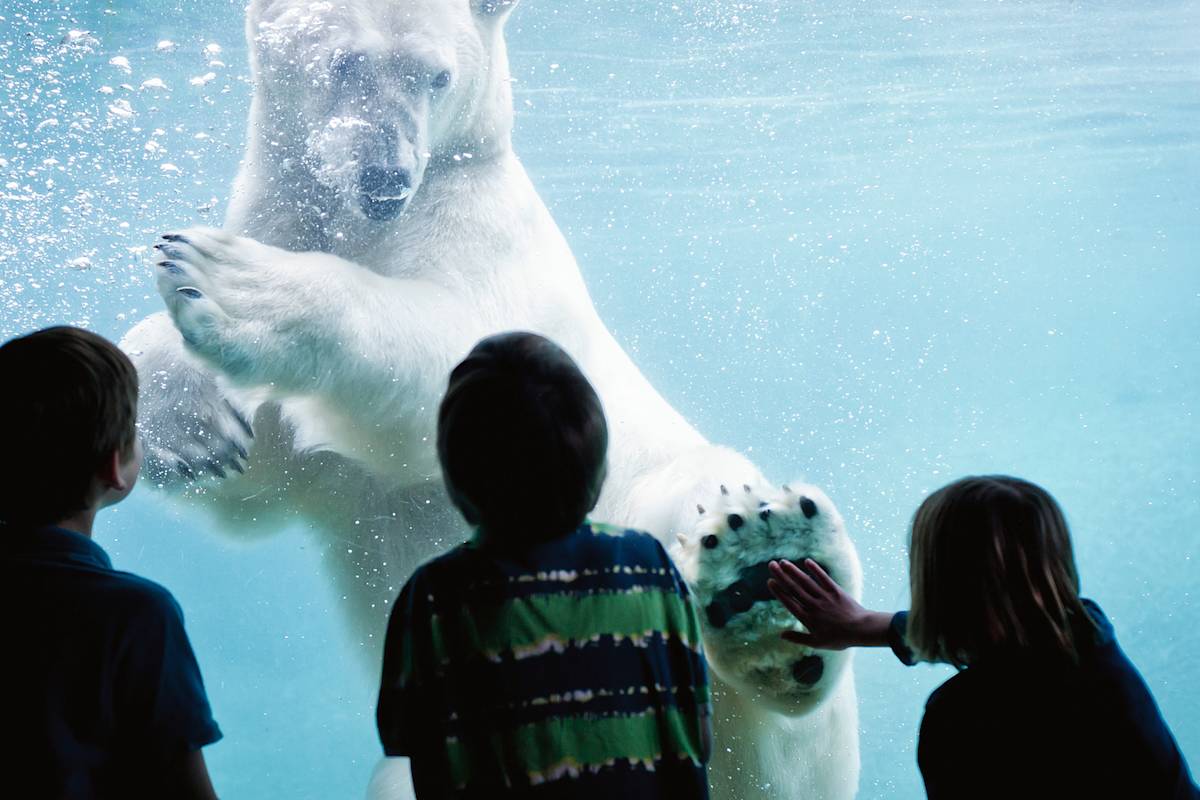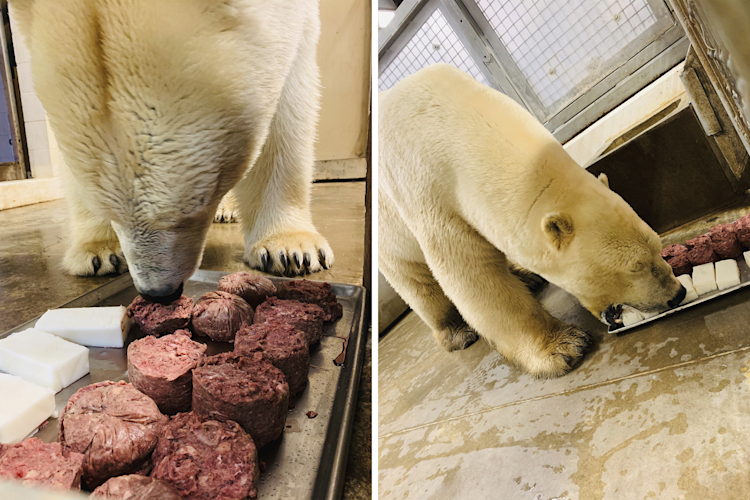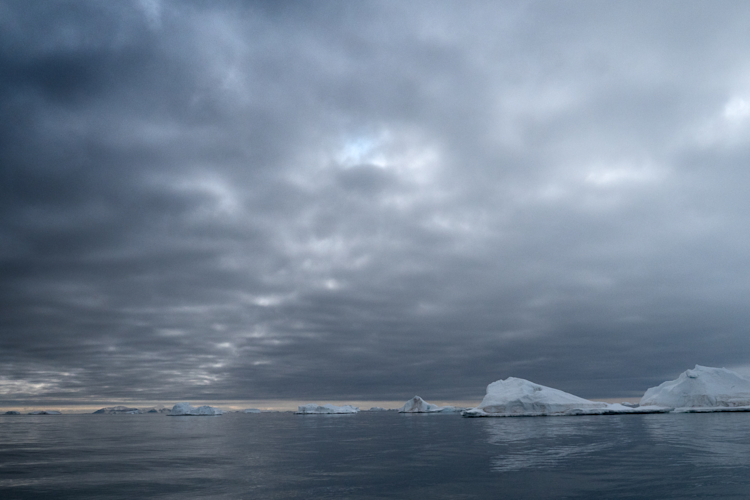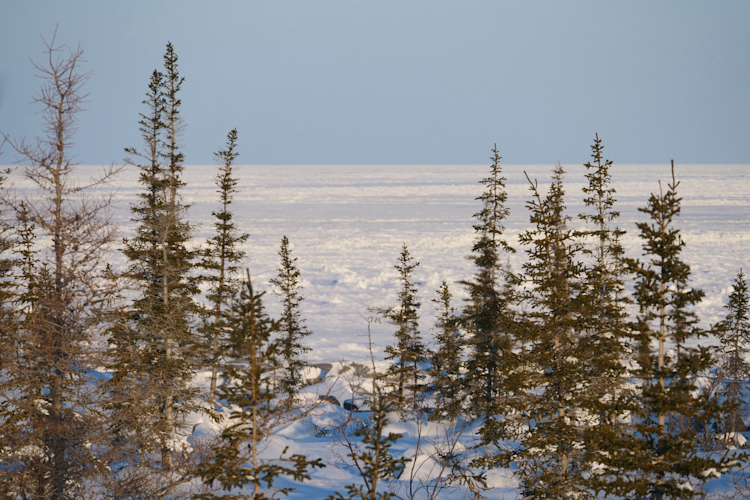
Photo: Point Defiance Zoo & Aquarium
Polar Bears and Zoos
MINS
10 Dec 2020
"Our goal at PBI is to conserve polar bears and their sea ice habitat, and modern zoos and aquariums can play a critical role in their conservation by acting as research and education centers."
Wild polar bears rely on sea ice for hunting, mating, and raising their young. But Arctic sea ice is retreating due to human-caused global warming, threatening the survival of polar bears. Unless we take action to greatly reduce the carbon emissions responsible for the warming, our research shows that polar bears could all but disappear by the end of the century.
And this is where zoos and aquariums can help.
Few people have the chance to see polar bears in the wild, but millions see them in accredited zoos or aquariums. For example, every year, more people pass through turnstiles in U.S. zoos than all North American sporting events combined! Modern zoos offer a unique opportunity to explain the threats polar bears face and to inspire actions necessary to save them.

Photo: Devon Sabo / Columbus Zoo and Aquarium
A polar bear at the Columbus Zoo sniffs meat and eats lard as part of a study on macronutrient requirements of polar bears.
This is important because research shows that zoos and aquariums are trusted messengers on climate change and other conservation issues, reaching millions of people every year who might not otherwise hear such messages.
Through our Arctic Ambassador Center network, we work with nearly 50 zoos, aquariums, and wildlife parks in the U.S., Canada, and Europe that share our commitment to polar bear conservation. Our partnership includes training key staff on how to integrate strategically framed content on polar bears and climate change into their keeper talks and outreach—training that takes place through our Climate Alliance program. The coursework relies on tested language from the National Network for Ocean and Climate Change Interpretation (NNOCCI). It helps zoo staff learn to talk about sea ice loss and climate change in ways that promote engagement, resulting in more productive conversations.
Conservation messaging may be the most important contribution zoos and aquariums can make to a secure future for polar bears, but it is not the only contribution.
The role of a modern zoo goes well beyond simply displaying animals and keeping them physically healthy. As many zoos and aquariums with polar bears have come to realize, they have a unique capacity to contribute to conservation-relevant polar bear research projects, providing information that can help us understand and better protect bears in the wild. Our Arctic Ambassador Center partners, for example, have helped researchers working with bears in the wild better understand everything from the polar bear's hearing range, important for setting guidelines for industrial activities that may impact wild bears, to testing a new generation of minimally invasive tracking devices. They’re also helping with studies to assess the reproductive health of wild bears and developing methods to help ensure genetic diversity, among other key projects.

Photo: Point Defiance Zoo and Aquarium
A polar bear at the Point Defiance Zoo and Aquarium tests one of our Burr on Fur prototypes.
Some have suggested the polar bear’s great movements in the wild, which far exceed the space available in zoo exhibits, leads to polar bears that fare poorly when living in zoos. But modern zoos design exhibits and provide enrichment that keep the bears in their care curious and engaged. They take advantage of the best available veterinary, nutritional, and behavioral science to maximize animal welfare and well-being.
Zoos and aquariums are making an enormous contribution to polar bear conservation—helping to ensure their wild peers will continue to roam the sea ice for generations to come.

Photo: Jenny Wong
Meet Our Scientists
With researchers based in the U.S., Canada, Denmark, and Norway, our impact spans the circumpolar Arctic.
















